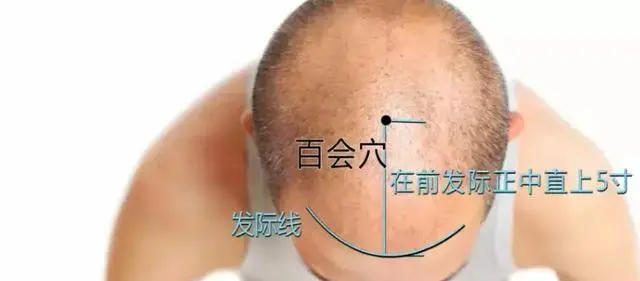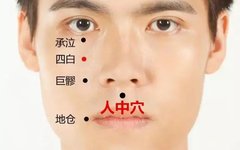The human body has 12 meridians and 8 extraordinary vessels, with nearly 400 acupuncture points in total. Since there are too many points, we have selected 80 essential acupuncture points. Mastering these 80 points makes one a TCM expert.
1. Ren Zhong (Philtrum) is a life-saving point.
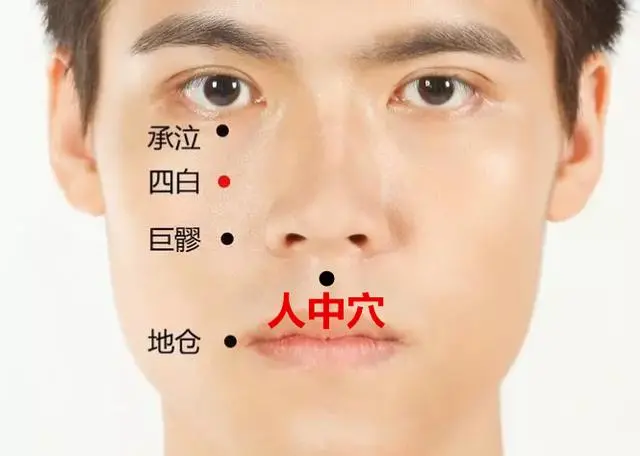
Ren Zhong is an important first aid point. Pressing it with a finger can be used for heatstroke and unconsciousness emergencies.
2. He Gu (Hegu) is a universal point.

He Gu has calming and pain-relieving effects, promotes circulation, and clears heat. It can relieve symptoms like motion sickness and toothache when pressed.
3. Zu San Li (Zusanli) is the longevity point.
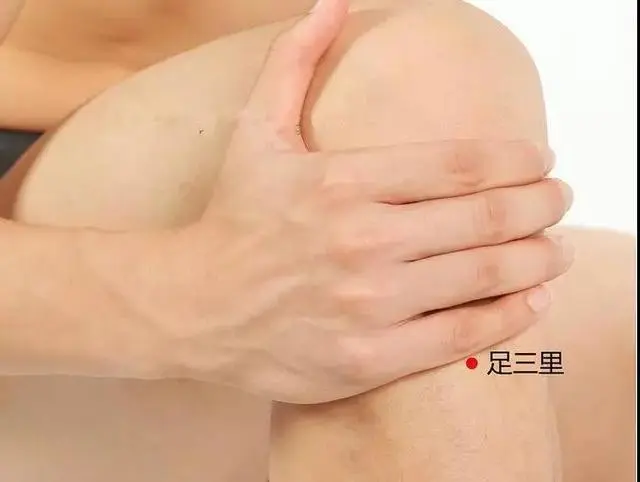
Regularly pressing or moxibustion on Zu San Li can promote longevity. Additionally, it is an acupuncture point on the stomach meridian, which can address all gastrointestinal issues.
4. Tai Chong (Taichong) is the point for relieving anger.

Tai Chong helps to soothe the liver and release heat. Rubbing this point when angry can quickly relieve stress.
5. Huan Tiao (Huantiao) is the point for high cholesterol.
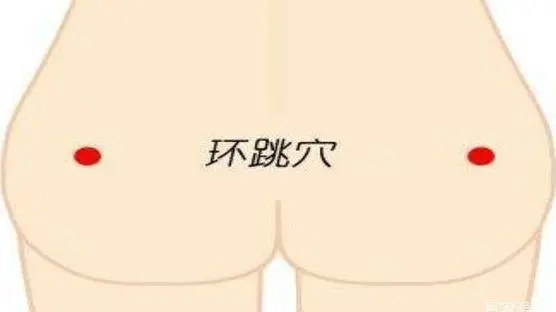
Using moxibustion or tapping on Huan Tiao can effectively address high cholesterol issues.
6. Fei Yang (Feiyang) is the point for lower back pain.
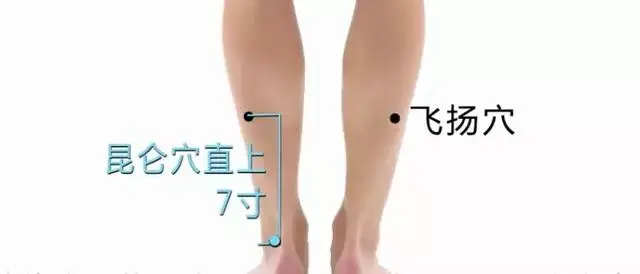
Fei Yang is the first choice for treating lower back pain, showing immediate results.
7. Yang Ling Quan (Yanglingquan) is the point for relieving muscle tension.
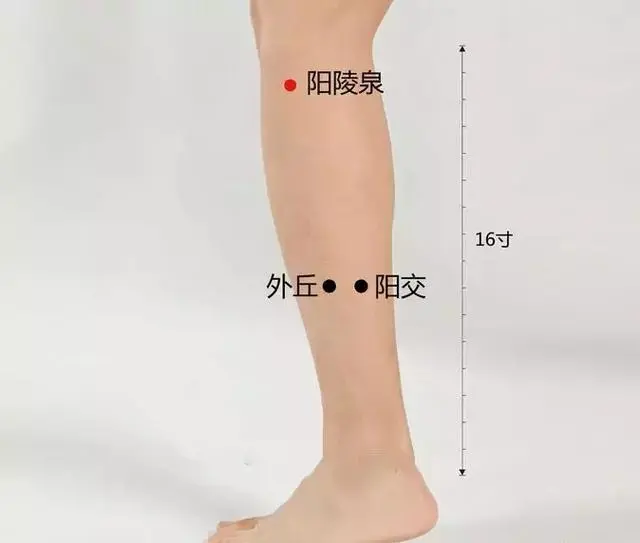
8. Gong Sun (Gongsun) is the point for benefiting the spleen.
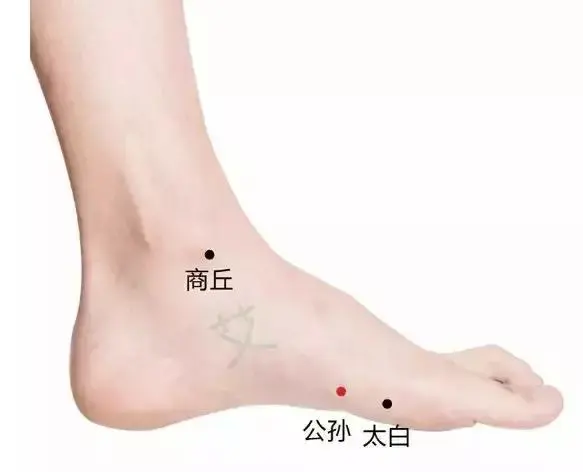
Many people experience excessive stomach acid. Pressing or moxibustion on Gong Sun can quickly improve acid reflux and bloating.
9. Tai Xi (Taixi) can replenish kidney qi.
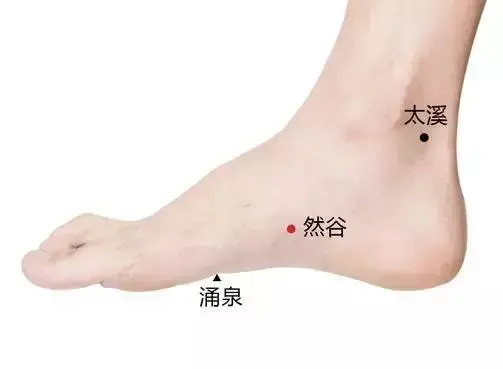
People who often experience heel pain may have kidney qi deficiency. Regularly pressing or moxibustion on this point can greatly benefit the kidneys.
10. Dan Zhong (Danzhong) can relieve qi stagnation.
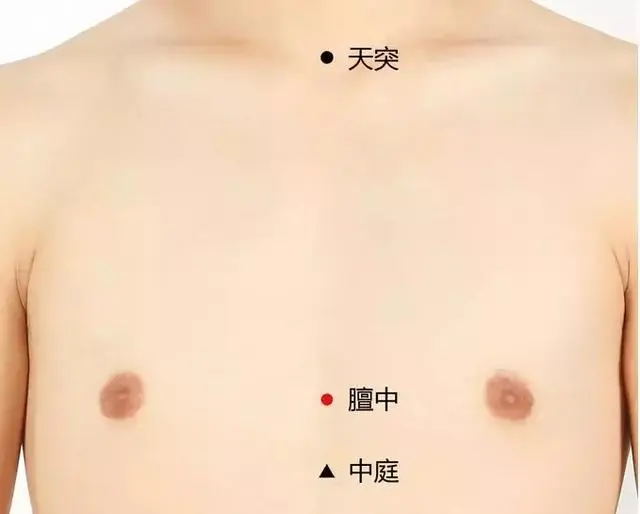
When feeling angry or repressed, pressing or moxibustion on Dan Zhong can quickly relieve chest pain and breast issues.
11. Xue Hai (Xuehai) can nourish blood.
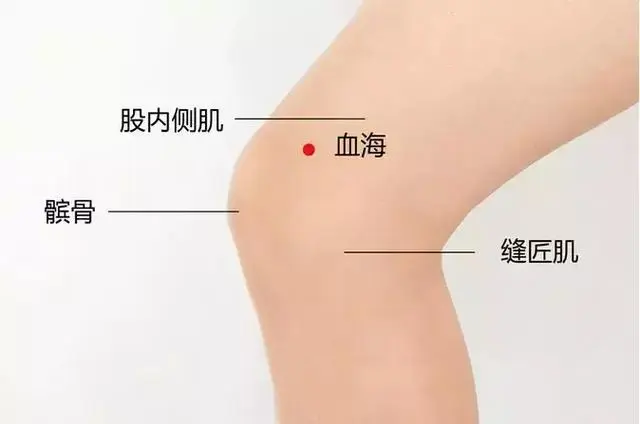
Xue Hai is the ocean of blood. Skin itching and poor blood circulation can be alleviated by massaging this point.
12. Chi Ze (Chize) is the point for stopping cough.
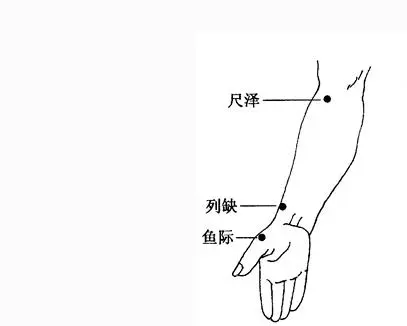
For persistent cough and asthma, massaging or moxibustion on Chi Ze can be effective.
13. Qu Chi (Quchi) is the skin point.
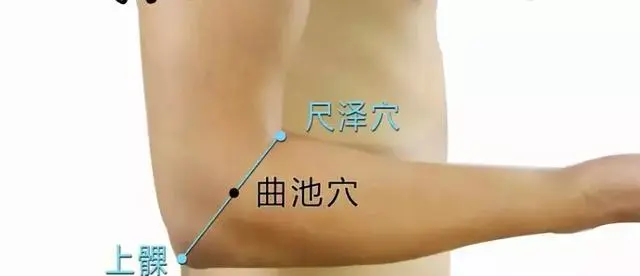
For the elderly, Qu Chi can help lower blood pressure. For younger individuals, it is an excellent remedy for removing facial blemishes and acne.
14. Shang Qiu (Shangqiu) is the inflammation point.
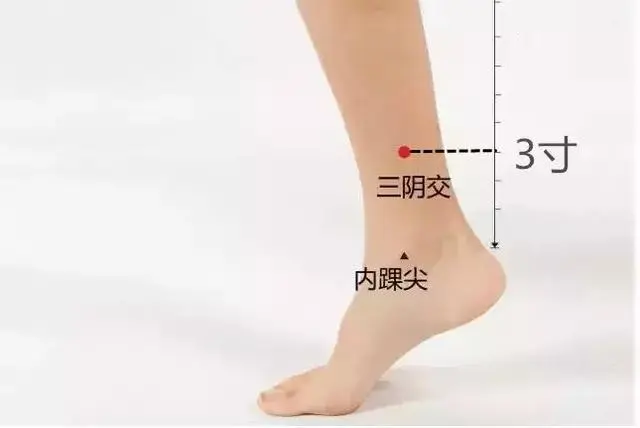
Shang Qiu can eliminate various inflammations in the lower body, especially beneficial for women with inflammation. Tapping or moxibustion on this point is very helpful.
15. Shao Hai (Shaohai) is the tinnitus point.

Shao Hai’s main function is to nourish yin and reduce fire. For those with excessive heart fire, tapping or moxibustion on this point can nourish yin and benefit kidney qi. If there is disharmony between the heart and kidneys, leading to restlessness at night, remember to press or moxibustion this point.
16. Nei Guan (Neiguan) treats knee pain.
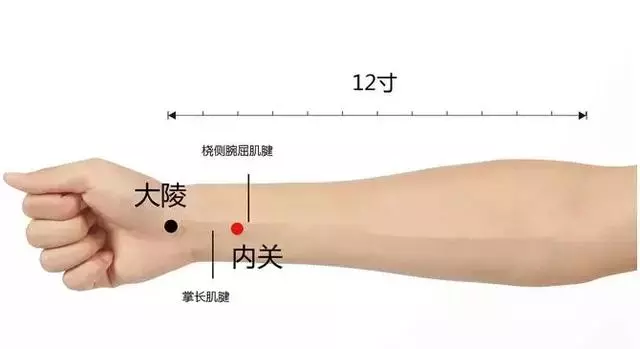
Any issues related to the internal organs can be addressed through Nei Guan. If you feel discomfort or blockage, pressing or moxibustion on this point can help.
17. Liang Qiu (Liangqiu) treats dizziness, vomiting, and intestinal inflammation.
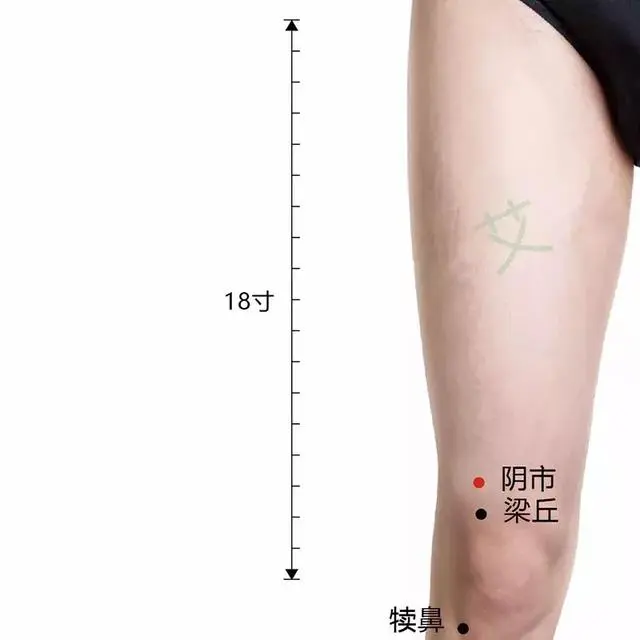
Liang Qiu has many functions. It can relieve leg pain, foot pain, or stop stomach acid. If there is sudden acid reflux, pressing Liang Qiu can quickly improve the situation.
18. Yong Quan (Yongquan) treats hot and cold feet.
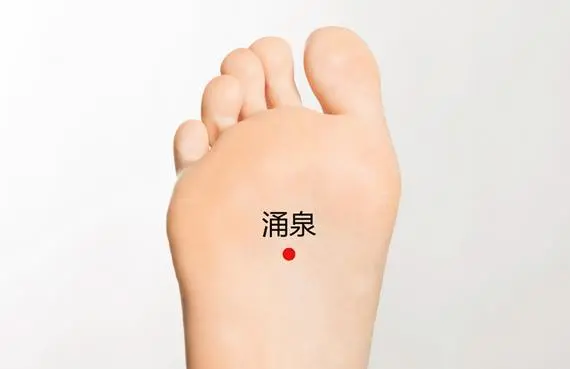
For those with cold feet, massaging or moxibustion on Yong Quan can help. For those with hot feet, the same applies. It has a bidirectional regulating function. Yong Quan also has a special effect; if you have persistent hiccups, pressing this point can quickly stop them.
19. Fu Liu (Fuliu) is good for diabetes.
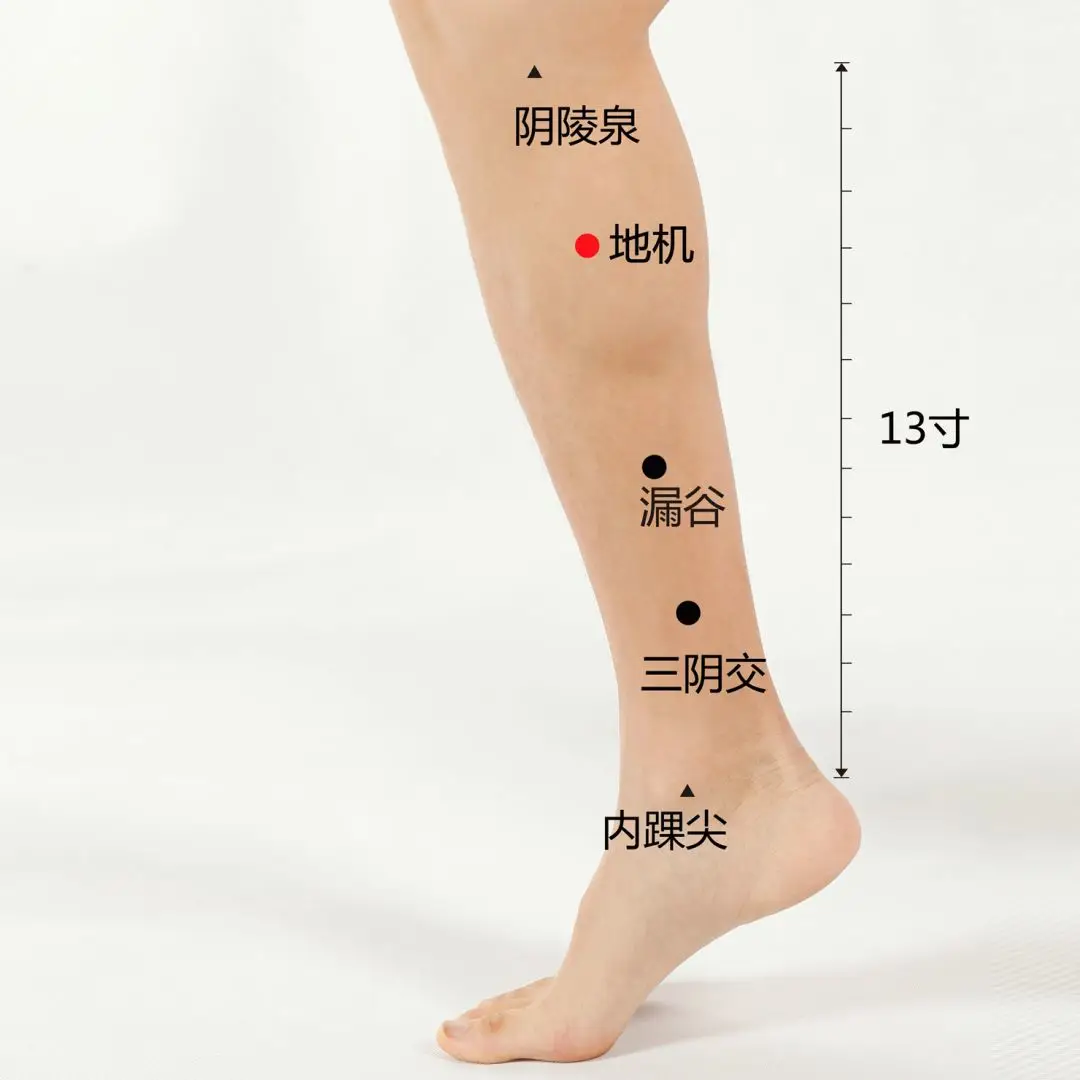

20. Da Bao (Dabao) is the toothache point.
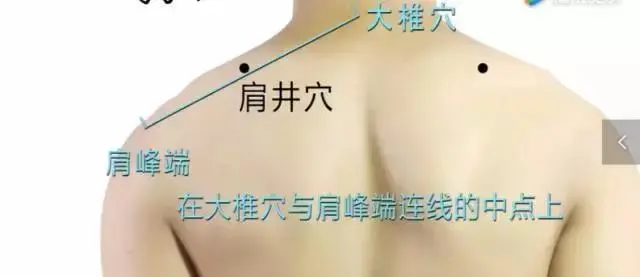
21. Dà Bāo (Dabao) is the point for sprains.

22. Zhong Du (Zhongdu) is the gallstone point.
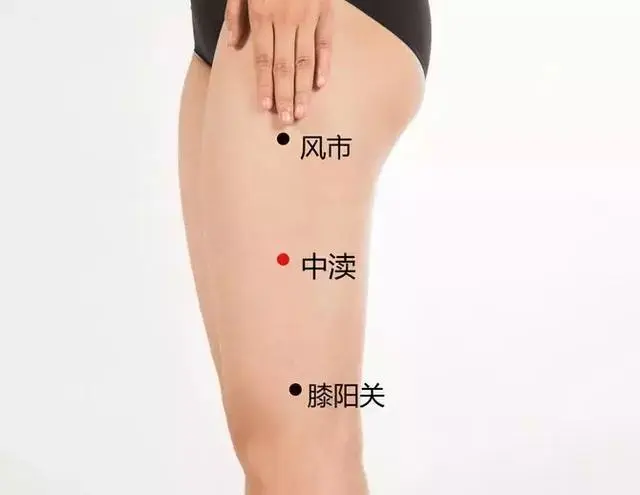
23. Tian Shu (Tianshu) is the point for gastrointestinal inflammation.
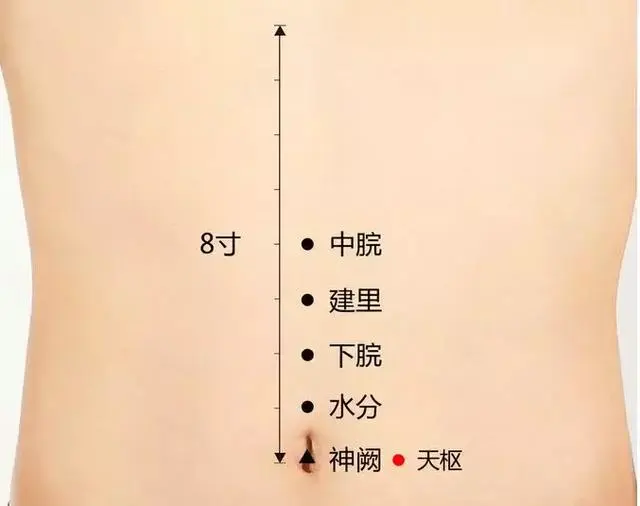
24. Zhi Zheng (Zhizheng) is the point for hand numbness.
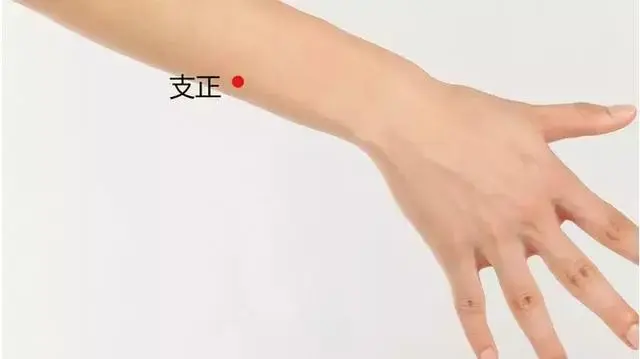
25. Tian Chi (Tianchi) is the point for mastitis.
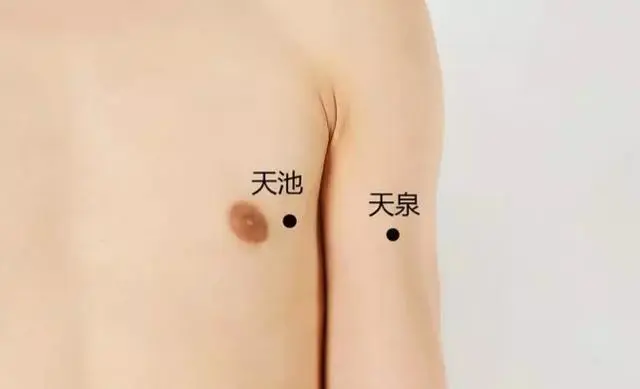
26. Tai Xi (Taixi) is the point for loss of appetite and hair loss.

27. Shao Shang (Shaoshang) is the point for acute throat swelling and pain.
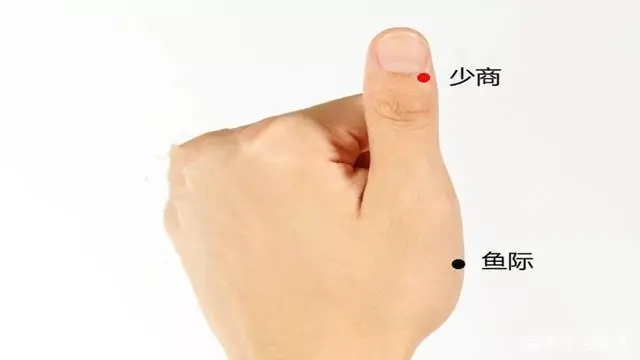
28. Hou Xi (Houxi) is the point for sciatica and spinal issues.
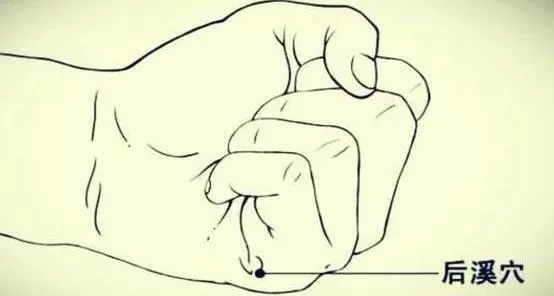
29. Jin Suo (Jinsuo) is the point for lumbar disc herniation.

30. Tian Tu (Tiantu) is the point for chronic pharyngitis and cough.
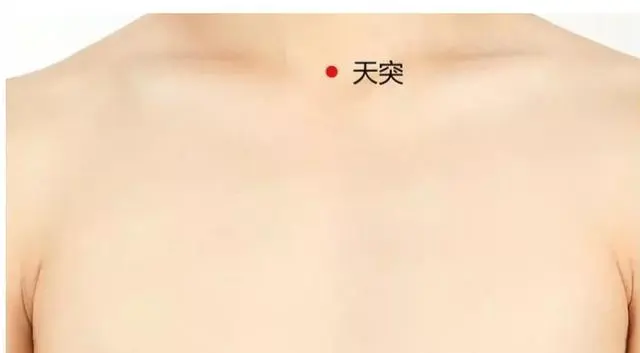
31. Zhong Fu (Zhongfu) is the point for cough and asthma.
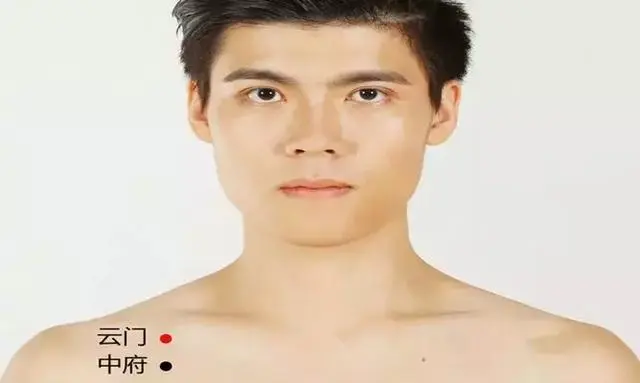
32. Shi Xuan (Shixuan) is the emergency point for heatstroke.
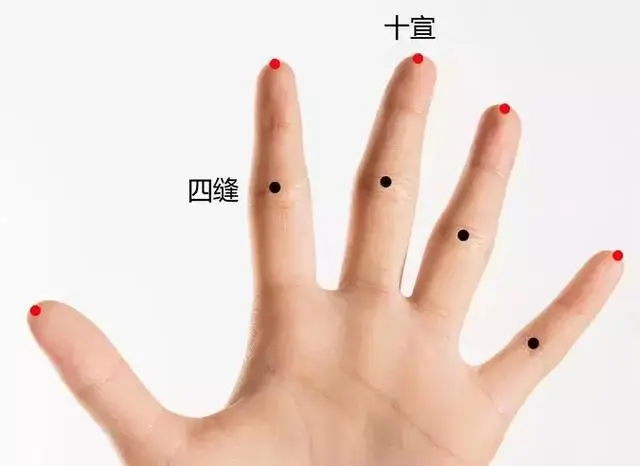
Shi Xuan is an extraordinary point. Pressing it immediately can provide first aid for heatstroke.
33. Ying Xiang (Yingxiang) is the point for allergic rhinitis.
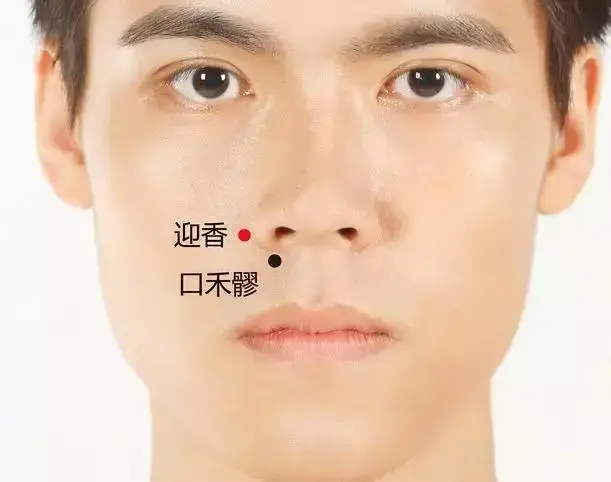
34. Yu Ji (Yuji) is the point for nighttime cough.
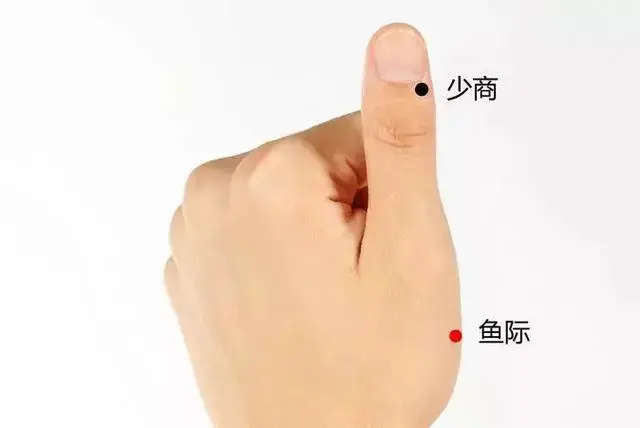
35. Jing Qu (Jingqu) is the point for replenishing qi.
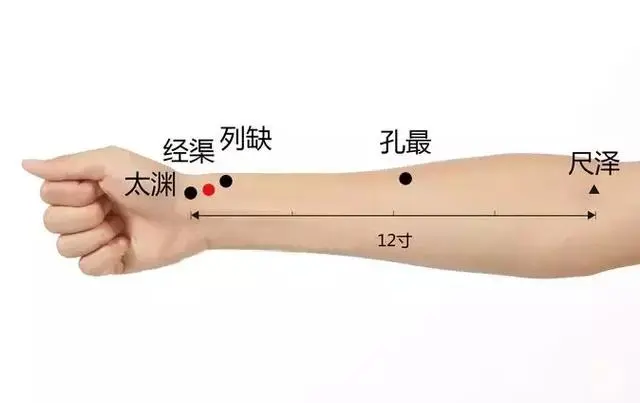
36. Fu Bai (Fubai) is the point for gray hair.
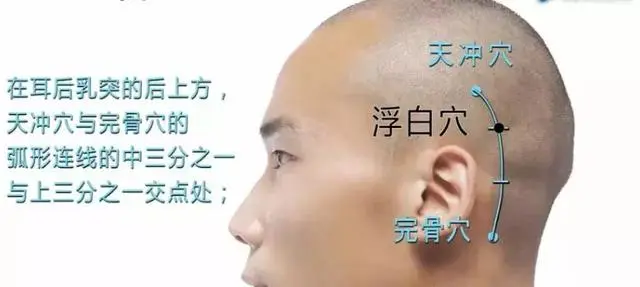
37. Guan Chong (Guanchong) is the point for motion sickness.
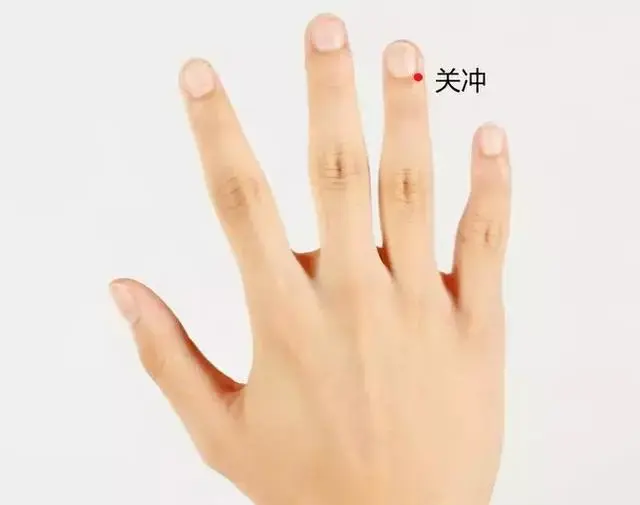
38. Qu Ze (Quze) is the point for acute stomach pain and acute enteritis.
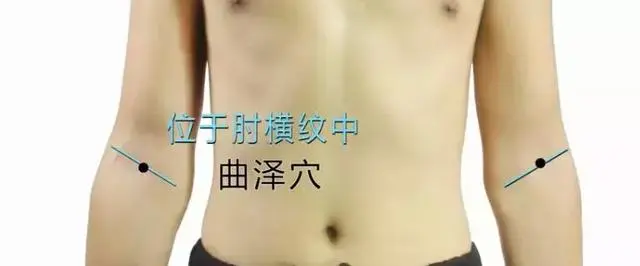
39. Feng Long (Fenglong) is the point for phlegm.
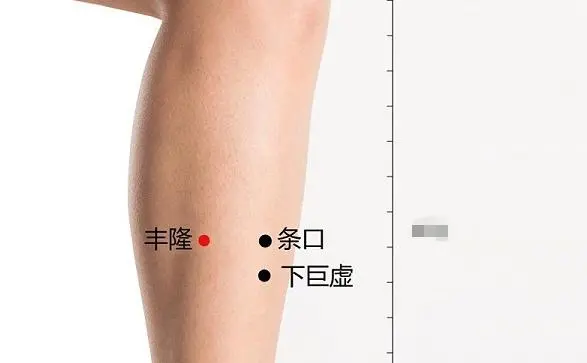
40. Yang Ling Quan (Yanglingquan) is the point for cramps and muscle strains.

41. Feng Chi (Fengchi) is the point for urticaria.

42. Nei Ting (Neiting) is the point for nosebleeds.
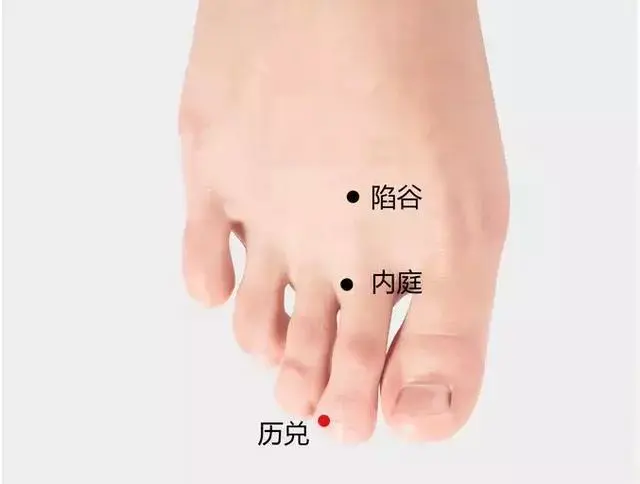
43. Wei Zhong (Weizhong) is the point for lower back pain.

44. Li Gu (Ligu) is the point for dysmenorrhea.
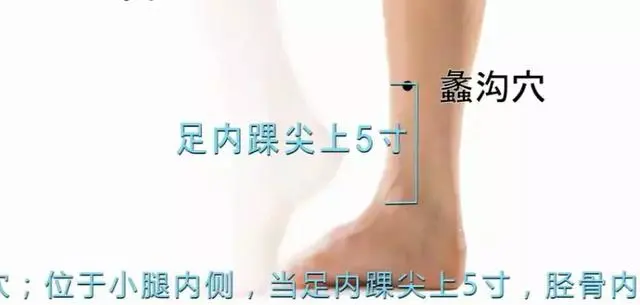
45. Xing Jian (Xingjian) is the point for oral ulcers.

46. Da Du (Dadu) is the point for muscle atrophy.
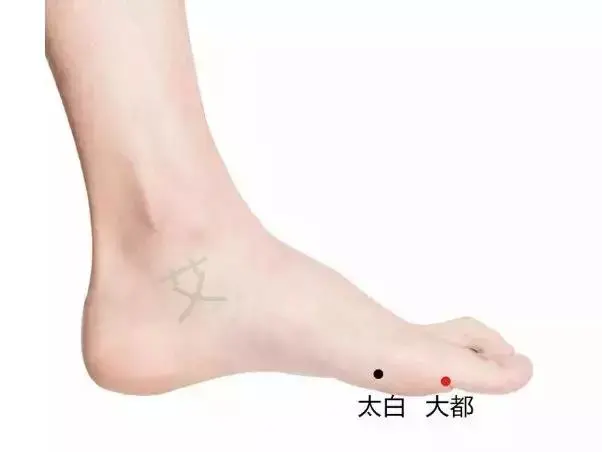
47. Zhu Bin (Zhubin) is the point for gout.
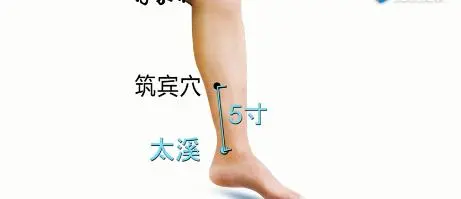
48. Guang Ming (Guangming) is the point for presbyopia.
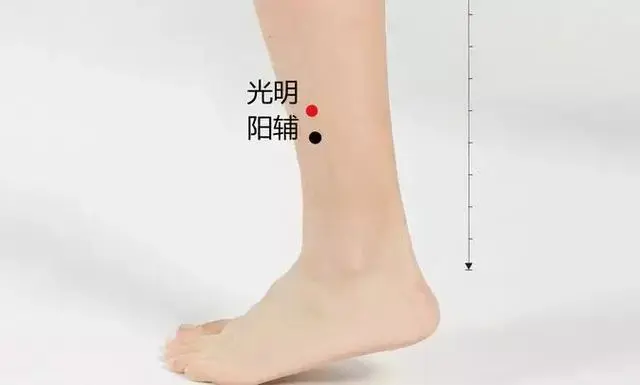
49. Ji Quan (Jiquan) is the point for nourishing the heart and alleviating depression.

50. Yun Men (Yunmen) is the point for coronary heart disease.

51. Jia Che Kou (JiaCheKou) is the point for facial paralysis and crooked mouth.
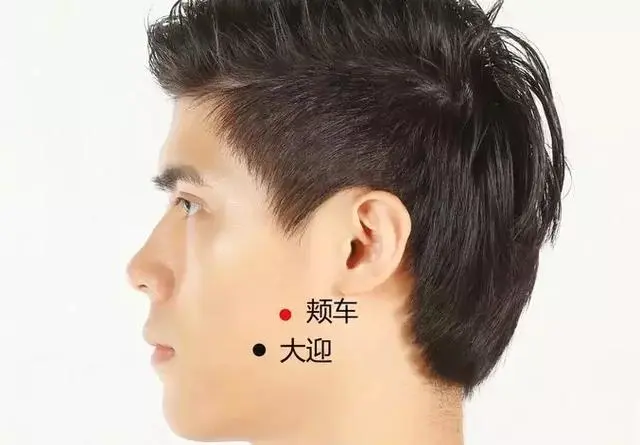
52. Wai Guan (Waiguan) is the point for stiff neck and migraines.
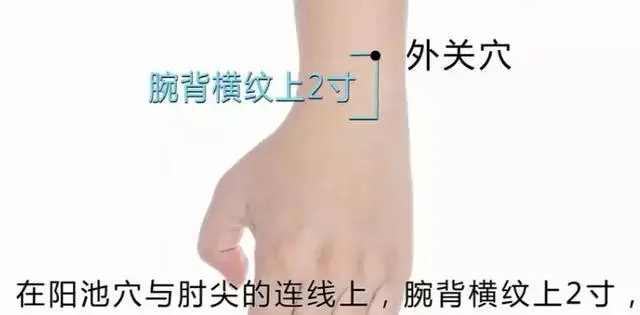
53. Tian Zhu (Tianzhu) is the point for neck pain.
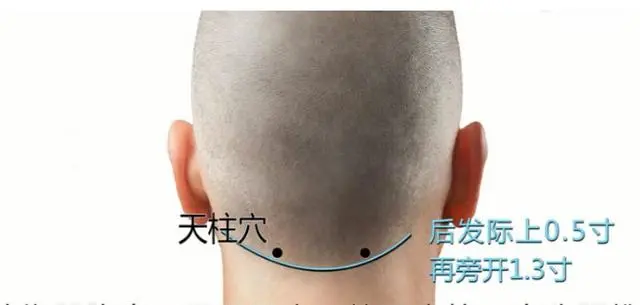
54. Cheng Jiang (Chengjiang) is the point for edema; press it immediately.
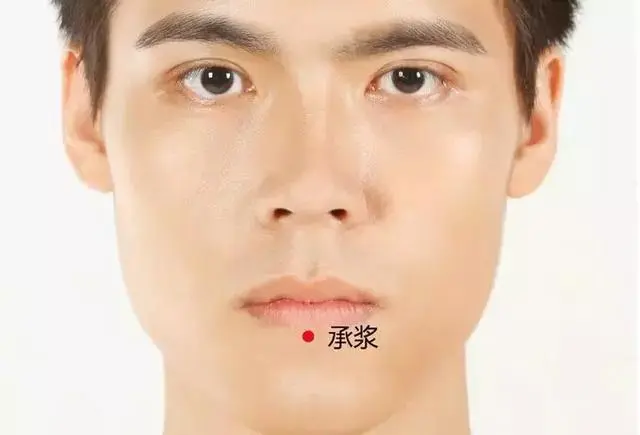
55. Qian Gu (Qian Gu) is the point for treating ear infections.
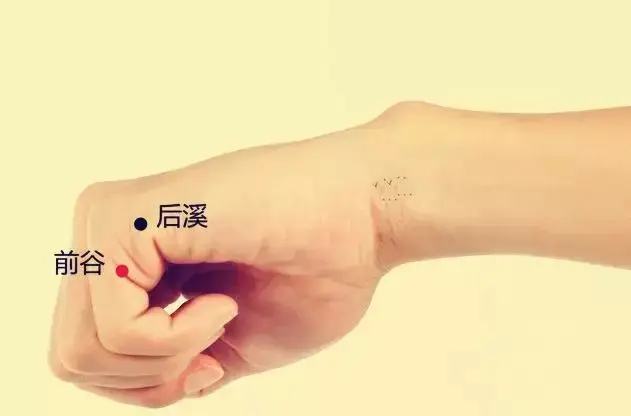
56. Bai Hui (Baihui) is the point for headaches and high blood pressure.
